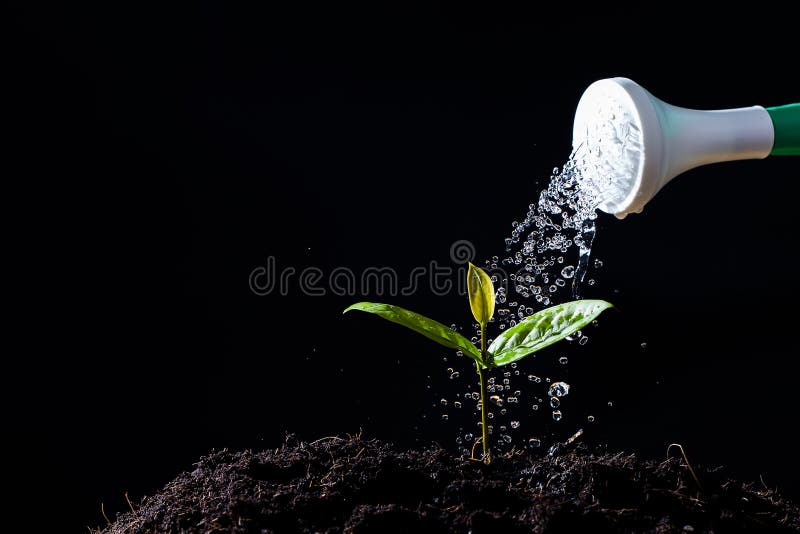

This review covers the environmental effects on water, air, and soil. This improved understanding can benefit communities, including policymakers, cannabis industry stakeholders, agricultural engineers, ecologists, and environmental scientists. We strive to build a better understanding of the environmental impacts induced by cannabis cultivation.

In this paper, we conduct a narrative review of the available literature. In the wake of the unprecedented legalization of cannabis, there is a pressing need for a complete review of its environmental assessment. However, there is a lack of systemic principles towards the sustainable farming of cannabis because its environmental impacts remain unclear. Reducing the global environmental impact of agriculture is vital to maintain environmental sustainability.
#Marijuna watering seedlings best practice most efficient full
On the contrary, indoor cultivation (including greenhouse cultivation) enables full control over all aspects of the plants, such as light and temperature, but is constrained by higher costs, energy demand, and associated environmental implications.

Improper soil and water resources management and pest control may induce critical environmental issues. Although with low costs, it is subject to weather and natural resources. Outdoor cultivation is the traditional and original method of cannabis cultivation. Despite being used widely, the lack of science-based information due to the legal status of cannabis in the last centuries worldwide (e.g., in the USA) has prevented research.Ĭultivation methods have an unavoidable influence on the environment in different degrees.

In the USA, an estimated “30 million Americans use marijuana (cannabis) at least occasionally, and 20 million use it at least once per month” (Osbeck and Bromberg 2017). In contrast, cannabidiol (CBD), another component derived from cannabis, is a non-psychoactive cannabinoid that has gained popularity for its medicinal values and as a supplement. It can be consumed through the respiratory tract and digestive tract through smoking and oral ingesting, respectively. Cannabis contains a psychoactive compound called tetrahydrocannabinols (THC) that creates a psychogenic effect. The Cannabis plant has been cultivated throughout the world since ancient civilizations and used for thousands of years for both medicinal and recreational applications. It is envisioned that technologies such as precision irrigation could reduce water use, and application of tools such as life cycle analysis would advance understanding of the environmental impacts of cannabis cultivation. Meanwhile, cannabis plants have the ability to absorb and store heavy metals. Cannabis cultivation could directly contribute to soil erosion. Energy consumption leads to greenhouse gas emissions. Indoor cannabis cultivation is energy-consuming, mainly due to heating, ventilation, air conditioning, and lighting. Studies found out that cannabis plants emit a significant amount of biogenic volatile organic compounds, which could cause indoor air quality issues. The high water demand leads to water pollution and diversion, which could negatively affect the ecosystem. Results show that both indoor and outdoor cannabis growing is water-intensive. This study reviews the environmental impacts of cannabis cultivation. Interest in growing cannabis for medical and recreational purposes is increasing worldwide.


 0 kommentar(er)
0 kommentar(er)
